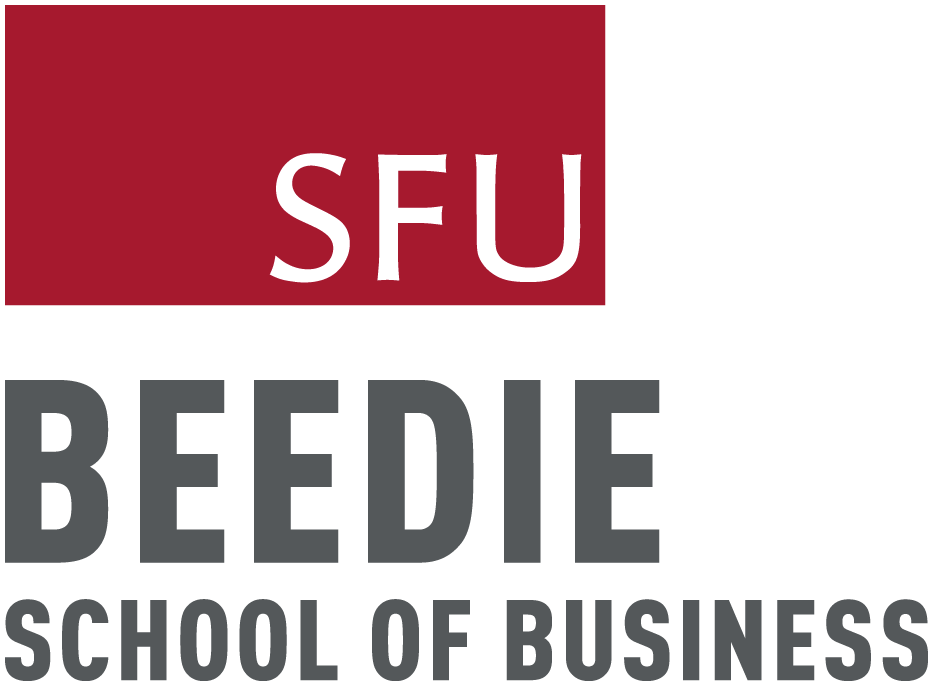In recent years, podcasts have leapt onto the scene as a communications tool. Listeners tune in while they’re commuting, working, exercising, or relaxing at home. And in an increasingly screen-bound society, it’s nice to give the ol’ eyes a break and let your ears do the work for a change.

Here’s a few staggering statistics on the rise of podcasts, courtesy of The 2019 Infinite Dial survey:
- 70% were familiar with podcasts, compared with 22% in 2006.
- 51% have listened to a podcast, compared with 11% in 2006. (2019 marks the first year where the majority of Americans say they have listened to a podcast.)
- In the last year, there’s an estimated 14 million more weekly U.S. podcast listeners.
Technology improvements, such as vehicle internet connections, are expected to fuel even further growth. Apart from their rising popularity, podcasts are an enticing tool for a couple of other reasons:
- Audience attention span. 43% of listeners listen to the entire episode, and 44% listen to most of the podcast. This is impressive for long-form media content.

- Demographics. 34% of podcast consumers are age 18-34. This can be a hard demographic to engage with as they tend to reject traditional “hard sell” marketing techniques. A podcast, which builds an intimate, value-added relationship with the listener over time, is likely to work well with this age group.
- Low barriers to entry. The essentials needed to set up a podcast (microphone, software, hosting) are relatively cheap. However, that doesn’t mean anyone can instantly create a top-notch podcast.
So, how can podcasts be used to effectively reach your stakeholders?
External Stakeholders
Effective podcasts will amplify your company’s brand, while also providing interesting content tailored to your audience. For example, Salesforce aims to help their clients “sell, service, and market smarter.” The company has a long-running podcast called Quotable that mirrors this goal. Each episode (there are 138 of them as of this writing!) provides sales insight and advice on various subjects:
- Women in sales
- How salespeople can reap rewards from AI
- Coaching sellers to success
- Speaking with clients online and offline
Podcasts can also be used to give listeners intimate insight into your company’s story, processes, and values. A business that embodies this strategy is Teekay, one of the world’s largest marine energy transportation, storage, and production companies. Teekay recently launched a podcast, and over the first few episodes has discussed its origins, employee stories, and current LNG project. The company also created a special International Women’s Day episode hosted by our very own IABC/BC board member Denisa Orlandea (Go, Denisa!).

Connecting an episode to a holiday or event is a great way to plan timely content that increases stakeholder interest. IABC’s own podcast leans into this tactic. The most recent episode features conversations with IABC/BC President Gemma Lawrence and 2019 World Conference chair Jennifer Bice in the lead up to this world-class conference.
Internal Stakeholders
Podcasts can also be used internally to reach employees. To ensure buy-in, it’s important to seek input and feature staff members. For example, Pepsico aired podcasts where executives candidly answered employee-submitted questions.

There are a multitude of benefits to including podcasts in your internal comms arsenal:
- Leaders are portrayed in a more personal, relatable light.
- Remote and dispersed workers can be reached more easily.
- Audio content is more engaging than long-form text.
- Information can be digested “on the go”.
The ultimate goal, of course, is more engaged employees who believe in their company’s mission.
Podcasts are also a platform to discuss interpersonal workplace issues. For example, Harvard Business Review airs a podcast called Dear HBR, where they work through anonymously-submitted workplace dilemmas such as receiving feedback and building trust.
Blurred Lines
The distinction between internal and external communications is becoming more blurred over time. One example of this is American Airlines’ podcast Tell Me Why, which is available on the company’s intranet as well as on iTunes and Soundcloud. A mix of content is featured, including news, entertainment, employee-centric Q&A, and strategic direction. The producers’ goal is to walk the line between informing employees and engaging the public.
When executed effectively, podcasts are a critical tool communicators can use to reach internal and external stakeholders alike.

Interested in creating your own podcast? Tune in for our free webinar on April 11th, where Dan Gold and Denisa Orlandea will go through the process step-by-step. Learn more and register here: https://iabc.bc.ca/upcoming-events/webinar-on-the-air-the-101-on-podcasting/


















